If your beloved pet will be having a procedure that requires anesthesia, you may feel apprehensive, overwhelmed, and frightened. As fellow pet lovers, our Burlington Veterinary Center team understands your concerns, but as veterinary professionals, we’re here to educate, inform, and reassure you about your pet’s anesthesia safety.
Anesthetic apprehension is often rooted in the unknown, so learning about our team’s anesthesia safety protocols and what to expect can help you make informed and confident decisions about your pet’s care—and stay calm on their procedure day.
Our commitment to pet anesthesia safety
Your pet’s wellbeing and comfort are always our Fear Free-certified Burlington Veterinary Center team’s top priority, and we are experts on the most up-to-date veterinary anesthesia safety standards. Our veterinarians consider each pet’s individual health and history when customizing their anesthetic protocols, including medications, fluid rates, and pain control strategies. Our skilled veterinary technicians are attentive to and intuitive about your pet’s needs, recognizing whether your furry pal needs additional pain medication or gentle reassurance. From your pet’s hospital admission to their discharge, we strive to create a safe, smooth, and stress-free anesthetic experience.
Assessing preanesthetic pet health
To ensure your pet is fit for anesthesia, our team performs your furry pal’s preanesthetic assessment, which typically includes a full physical examination, as well as diagnostic testing. Blood work is standard for every pet, however, additional tests, such as a urinalysis or imaging (e.g., X-ray or ultrasound), may also be performed. On the day of your pet’s appointment, we perform a final preanesthetic examination to ensure your pet’s condition has remained unchanged.
Administering calming premedications to relax your pet
Once your pet is cleared for anesthesia, our veterinary technician team consults the anesthetic protocol your pet’s veterinarian has planned, which includes your furry pal’s medications and dosages. The anesthetic process begins with premedication—a sedative and analgesic (i.e., pain reliever) combination that a veterinary technician injects under your pet’s skin or into their muscle. Premedication helps relieve your pet’s stress and pain, and also allows our team to administer a reduced (i.e., safer) amount of inhalant anesthetic.
Inducting pet anesthesia
When your pet is relaxed and calm, a team member transports them to the surgery prep area where the anesthesia technicians place an intravenous (IV) catheter in a front or hind leg. The IV catheter is a secure route for administering medications and fluids throughout the procedure. The lead technician administers the induction medication—often Propofol—via the IV catheter, and your pet gradually loses consciousness. To secure your pet’s airway and provide a continuous oxygen and anesthesia flow, the technician then intubates them, using a flexible endotracheal tube.
Preparing your pet for their procedure
As one technician monitors your pet, another begins preparing your pet for their procedure. Depending on your pet’s procedure, their preparation may include:
- Clipping and cleaning the surgical area
- Collecting samples for testing
- Taking orthopedic, chest, abdominal, spinal, or dental X-rays
- Positioning your pet for an ultrasound
- Transporting to and positioning on the surgery table, connecting monitoring equipment, and performing a sterile scrub of the surgical field
Charting pet vitals
Patient monitoring is a continuous process and essential to ensuring your pet’s safety. Our patient monitoring protocol includes a dedicated veterinary technician who is with your pet from induction to recovery, and state-of-the-art electronic monitoring equipment, ensuring our team is always aware of your pet’s vitals, especially if an unexpected change occurs. Continual monitoring allows us to anticipate and address your pet’s needs such as additional pain medication, decreased anesthetic depth, or an IV fluid bolus to support blood pressure.
Your pet’s vitals are recorded in their anesthetic chart at least every five minutes. Monitoring parameters may include:
- Oxygen saturation (SpO2)
- Heart rate and rhythm
- Respiratory rate
- Temperature
- Blood pressure
Sustaining pet comfort
Maintaining the proper anesthetic level requires a continuous sedation and pain-control balance. Throughout your pet’s procedure, our veterinary technician diligently monitors their anesthetic depth by checking your furry pal’s pupil position and various reflexes. Physical stimulation (e.g., surgical manipulation, painful tooth cleaning) can also affect a pet’s consciousness level. If your pet’s consciousness level changes, our technician notifies the veterinarian and—if advised—administers additional pain medication.
Awakening your pet
After your pet’s procedure or imaging is complete, our team moves them to a quiet recovery cage where we closely observe and monitor your furry pal until the anesthesia wears off. To ensure a safe and comfortable recovery, the cage is lined with soft bedding, which helps prevent injury and heat loss. When your pet’s swallow reflex returns, we gently remove their breathing tube. Frequent monitoring continues until your pet can maintain their body temperature and hold their head up without assistance.
Discharging your pet to your care
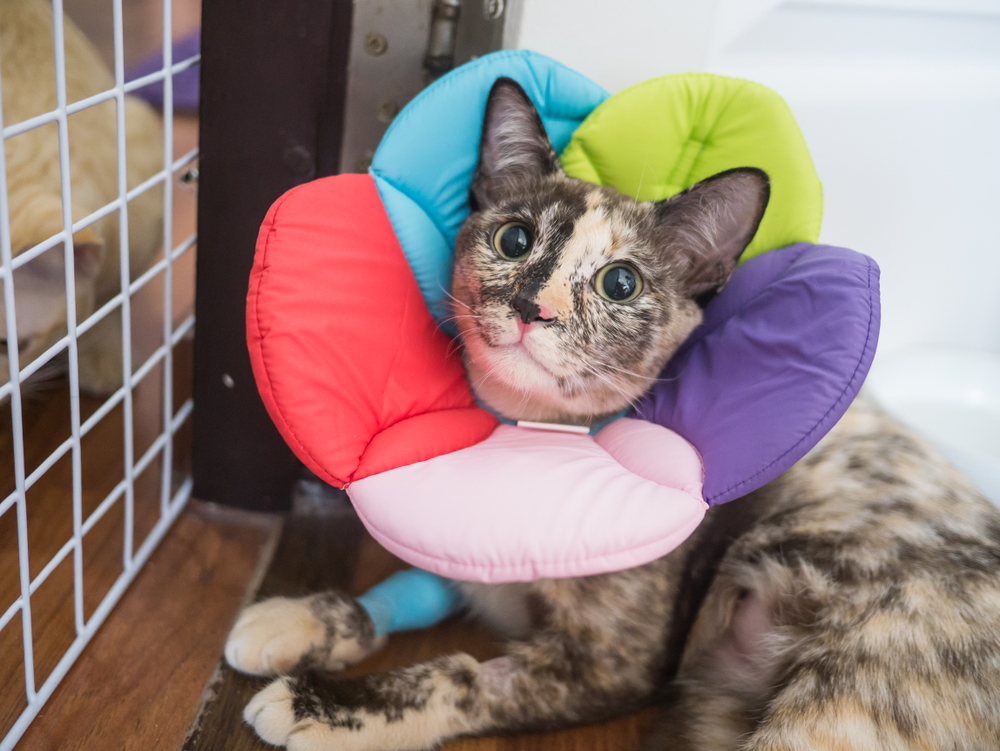
Our team will call to let you know when your pet is awake, and schedule a pick-up time. During the discharge process, our technicians will review your pet’s aftercare instructions (e.g., feeding, exercise, incision care) and explain what you can expect during your furry pal’s at-home recovery. We’ll also review your pet’s medications and answer all your questions.
Anticipating your pet’s anesthesia experience can be scary, but rest reassured knowing they’re in good hands. To schedule your pet’s procedure, or for additional anesthesia protocol information, contact our Burlington Veterinary Center team.


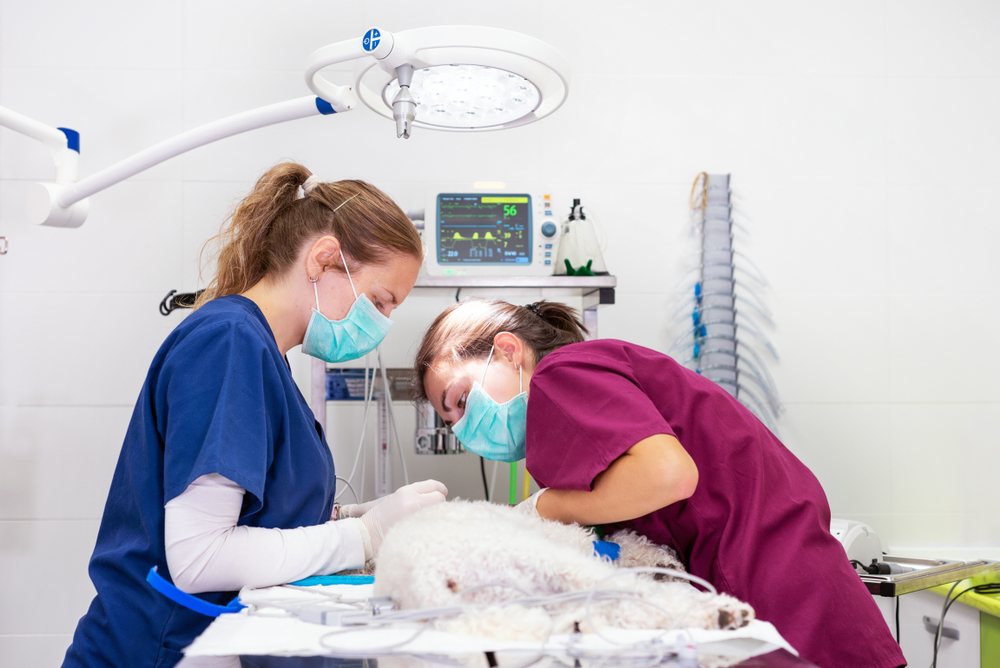
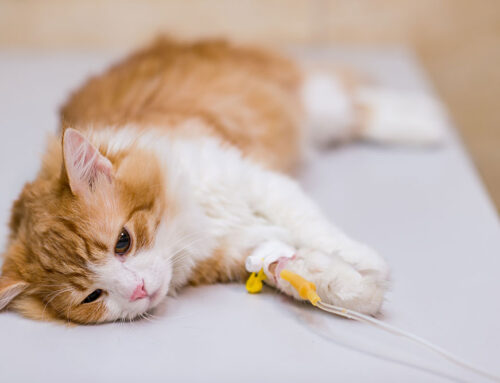
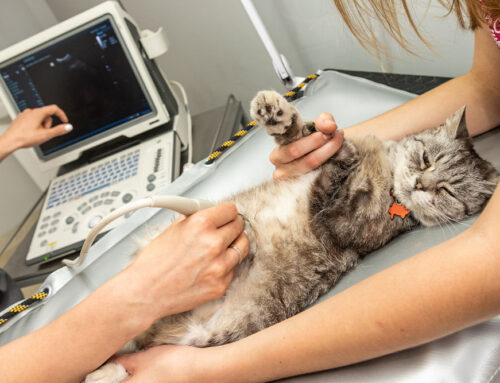
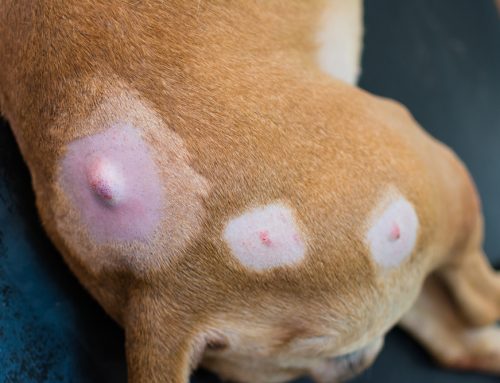
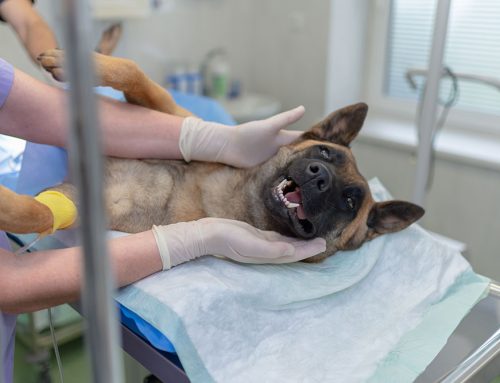
Leave A Comment